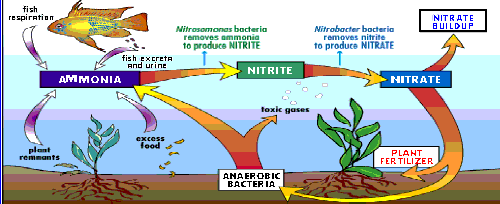What is a watershed?
An area or ridge of land that separates waters flowing to different rivers, basins or streams.
What lotic systems make up the watershed you live in?
I live in the Elm Fork watershed of the Trinity River.
Why is it important to monitor the water quality of a water shed?
Monitoring the water quality of water sheds is beneficial to the environment. Monitoring the water includes making sure the water is not contaminated with toxins. Water from watersheds can end up in reservoirs where used for water resources. Those resources must be clean in order to maintain a healthy environment.
What are benefits our community gets from watersheds?
Benefits provided by healthy watersheds include reduced vulnerability to invasive species, climate change, and future land use changes. Watersheds with natural land cover and soil resources provide carbon storage capabilities. They provide habitats for fish, amphibians, birds and insects. Aside from reduced costs of restoring impaired waters, there are many other economic benefits to conserving healthy watersheds. They preserve recreation activities such as fishing and water related recreation.
Monitoring the water quality of water sheds is beneficial to the environment. Monitoring the water includes making sure the water is not contaminated with toxins. Water from watersheds can end up in reservoirs where used for water resources. Those resources must be clean in order to maintain a healthy environment.
What are benefits our community gets from watersheds?
Benefits provided by healthy watersheds include reduced vulnerability to invasive species, climate change, and future land use changes. Watersheds with natural land cover and soil resources provide carbon storage capabilities. They provide habitats for fish, amphibians, birds and insects. Aside from reduced costs of restoring impaired waters, there are many other economic benefits to conserving healthy watersheds. They preserve recreation activities such as fishing and water related recreation.














